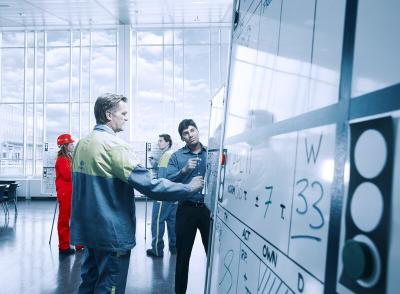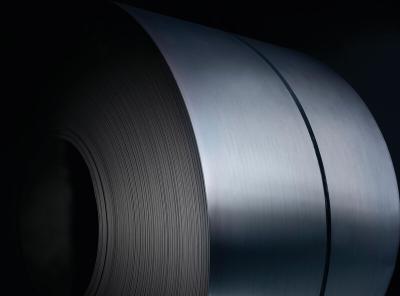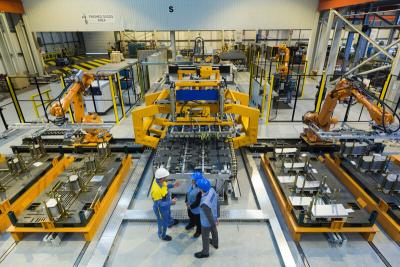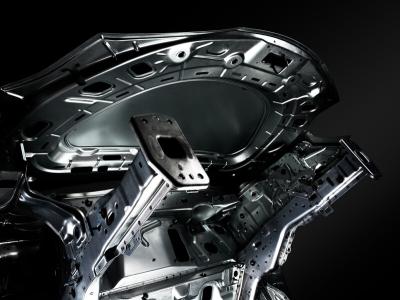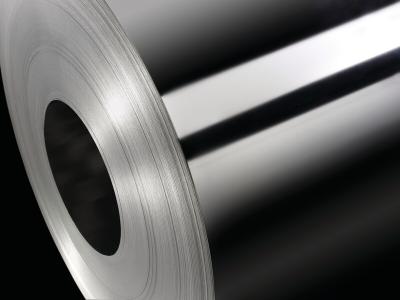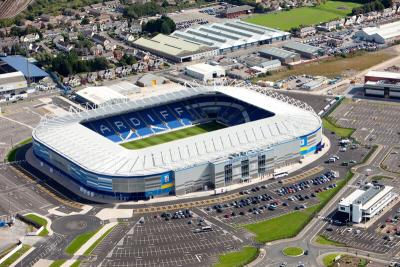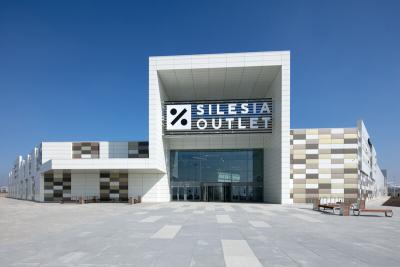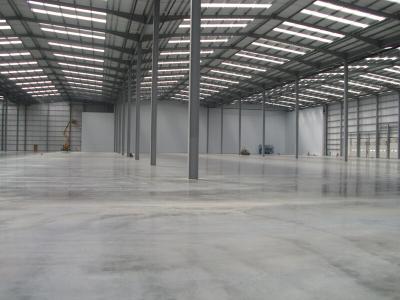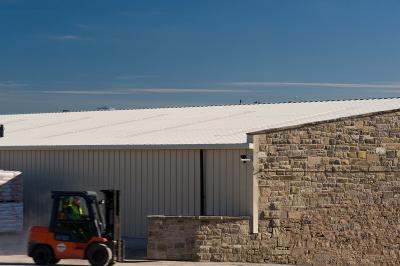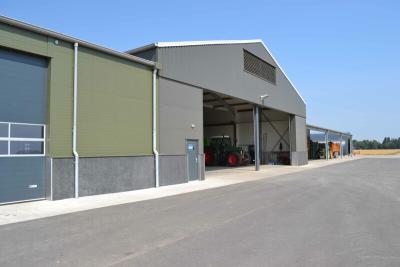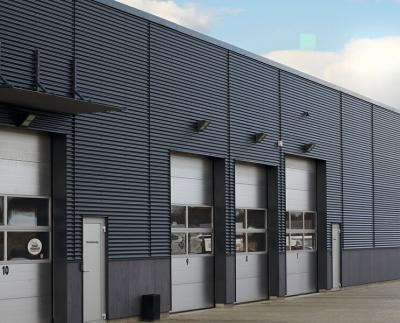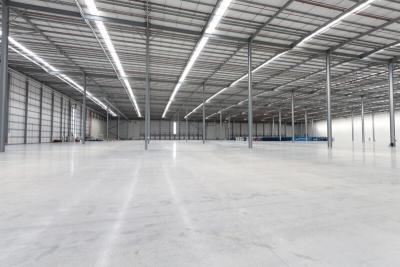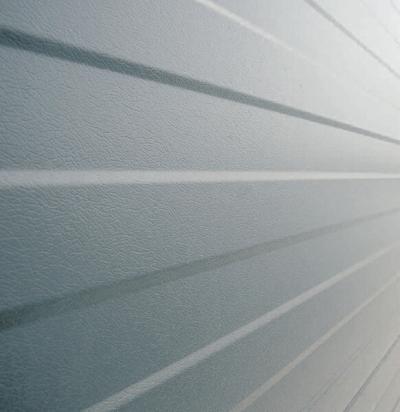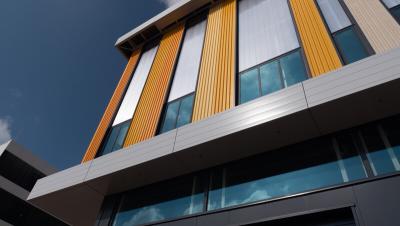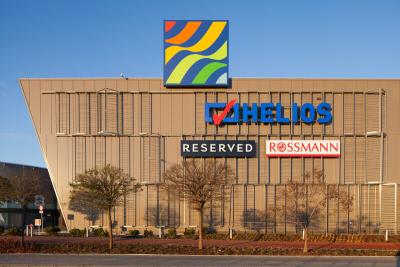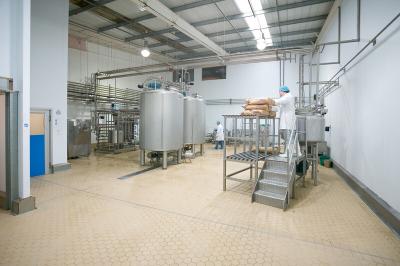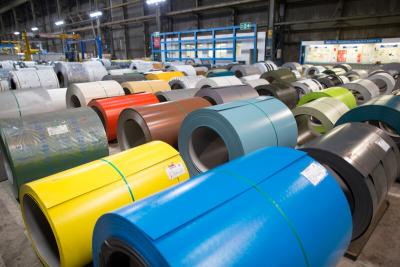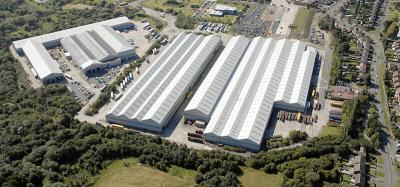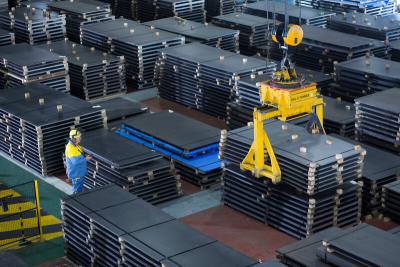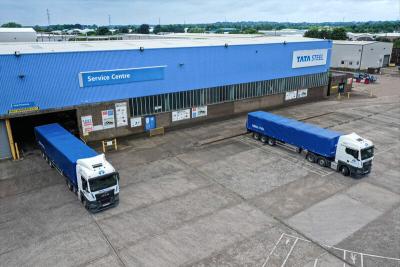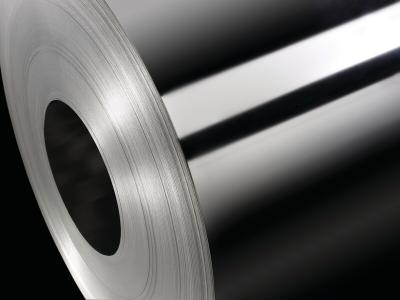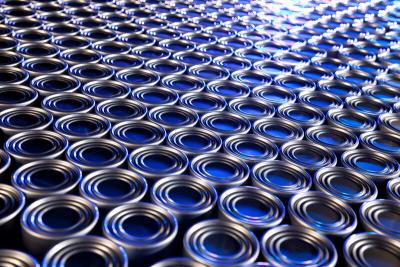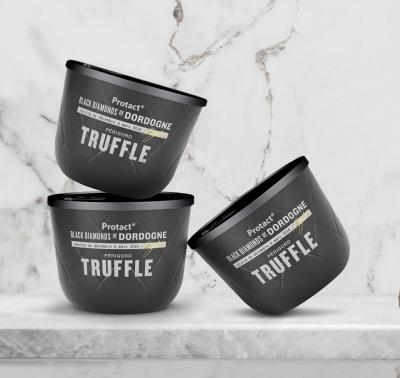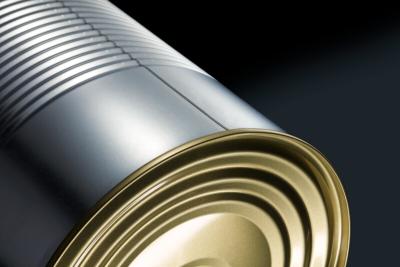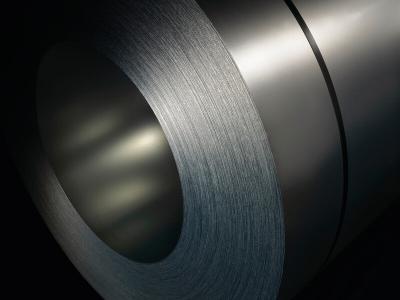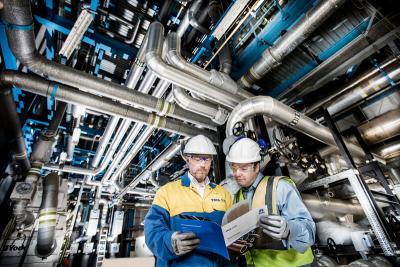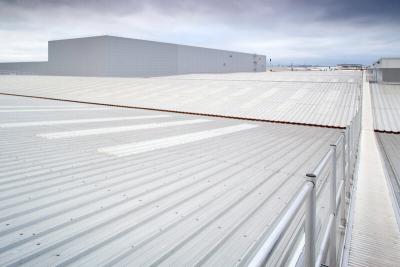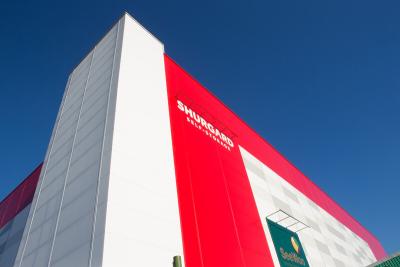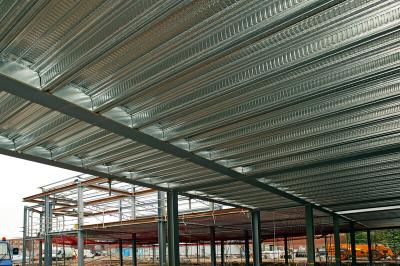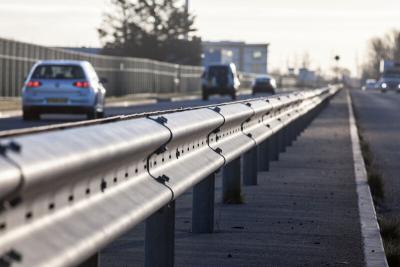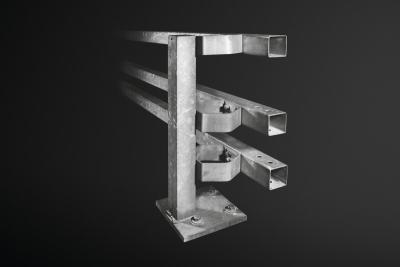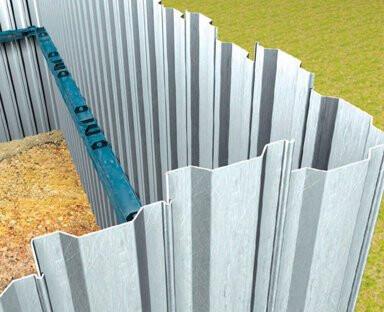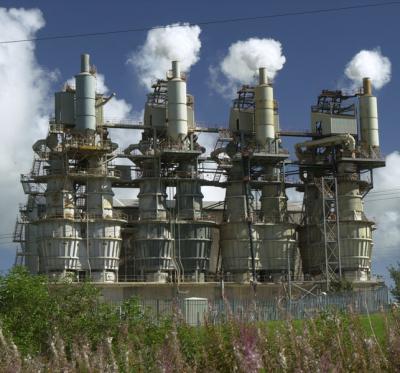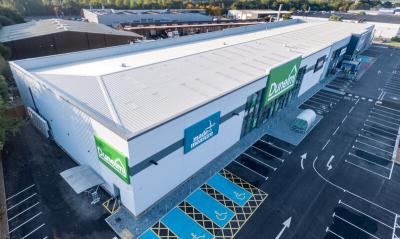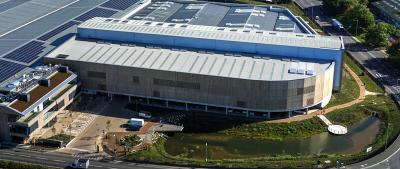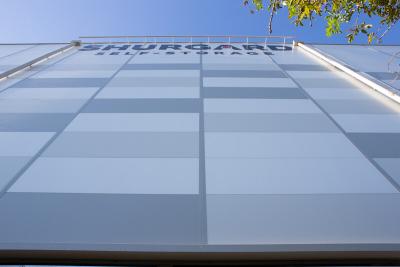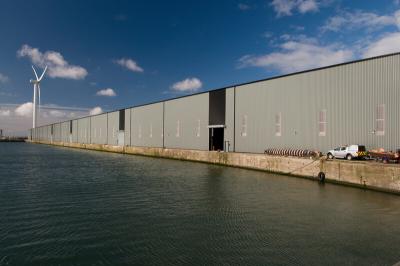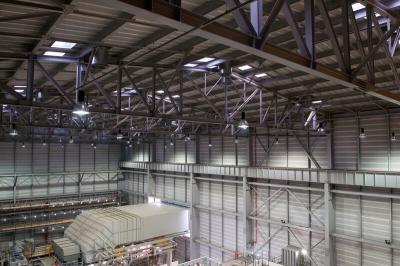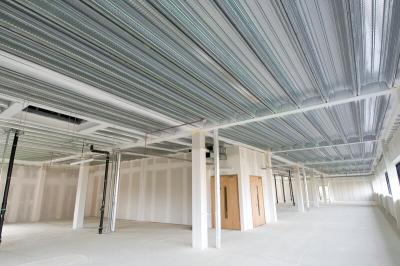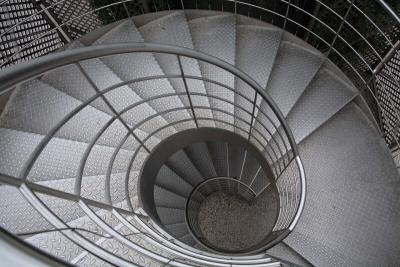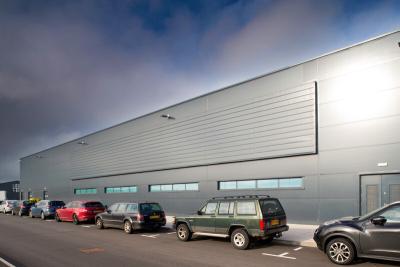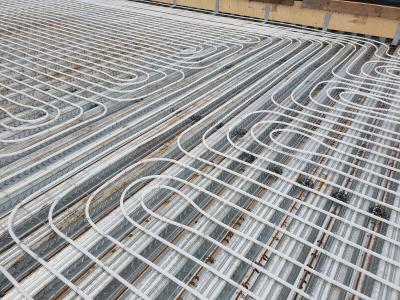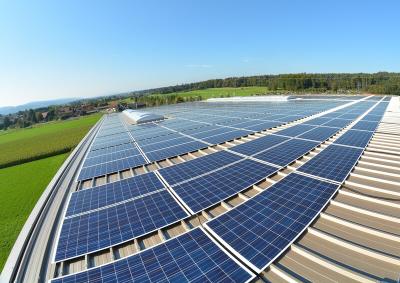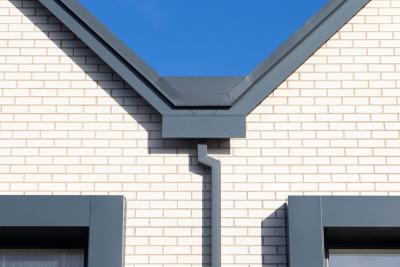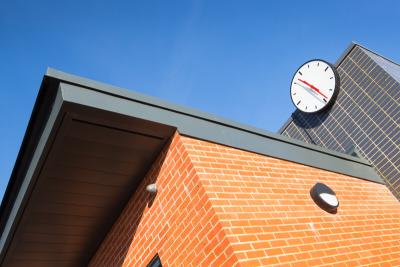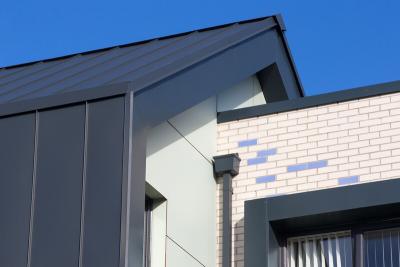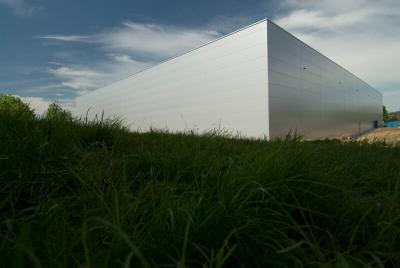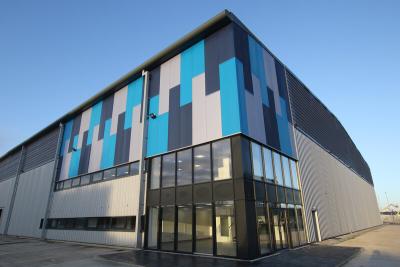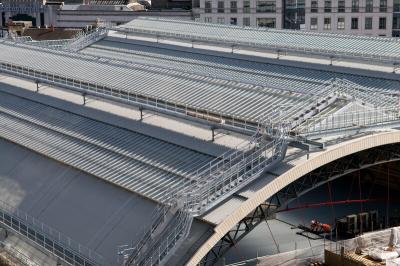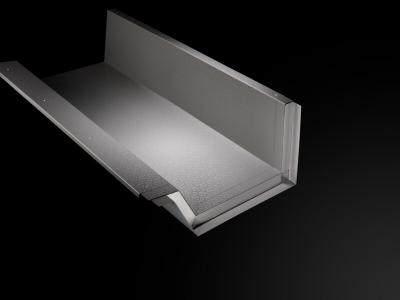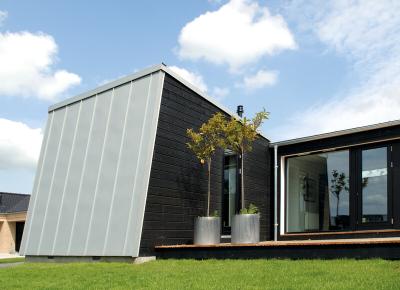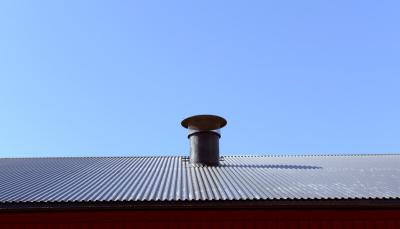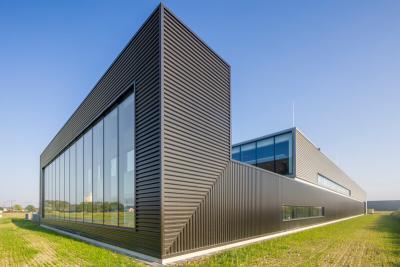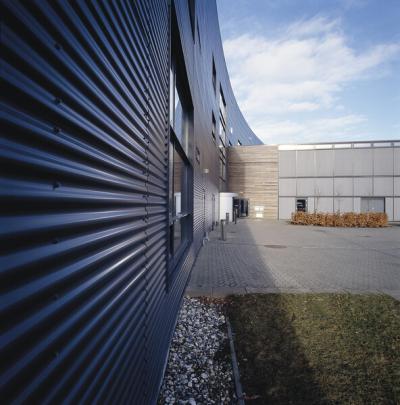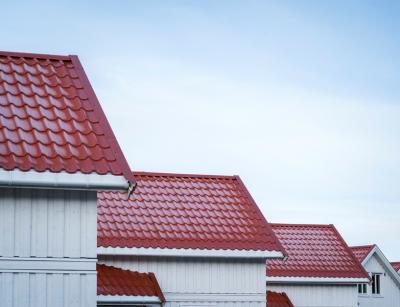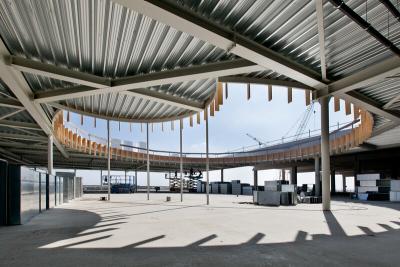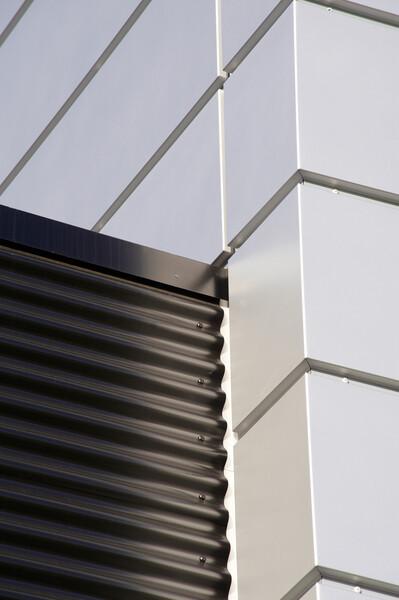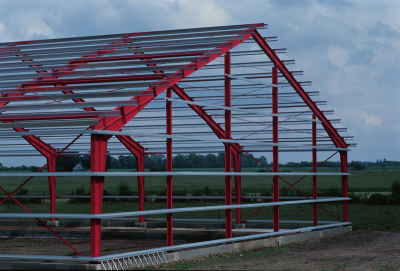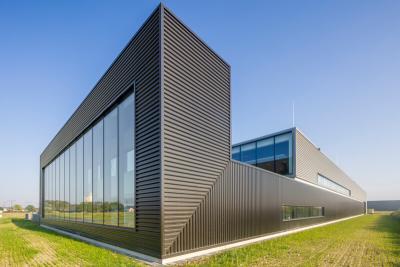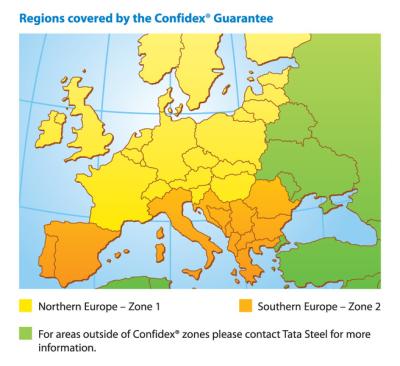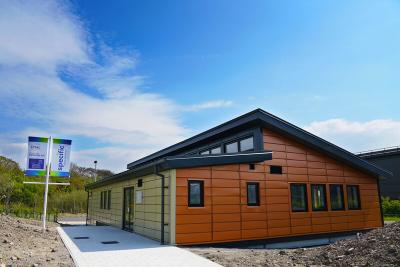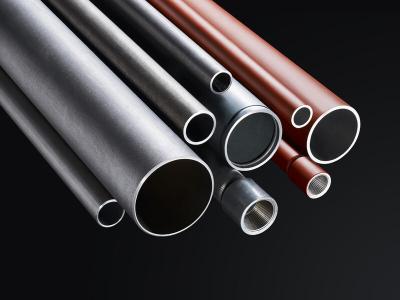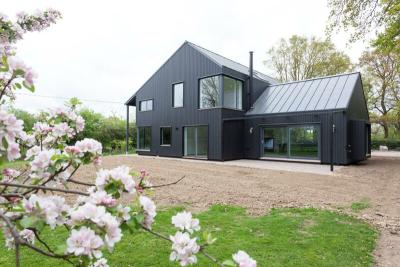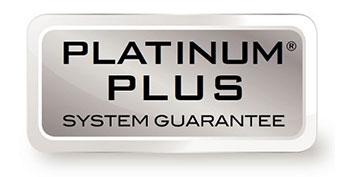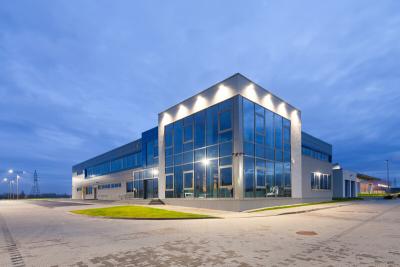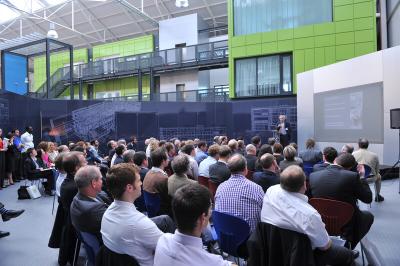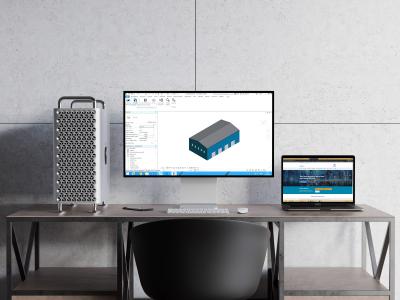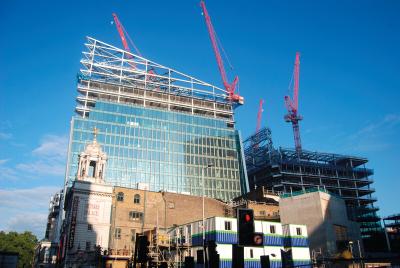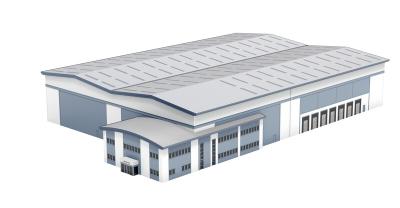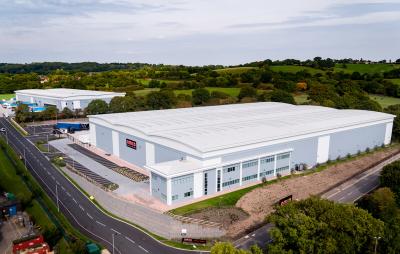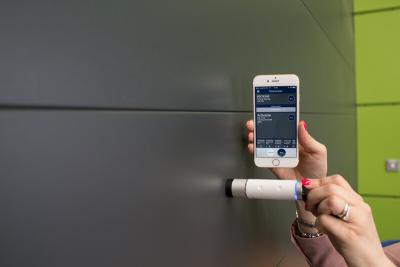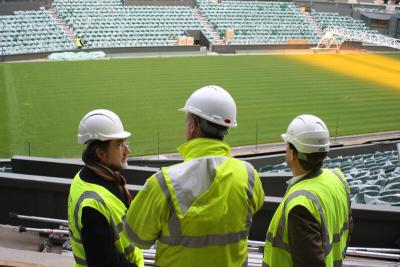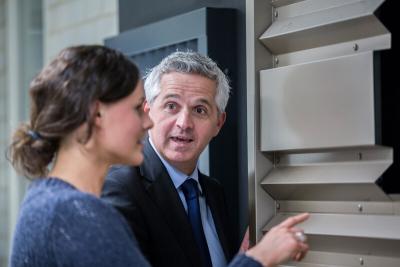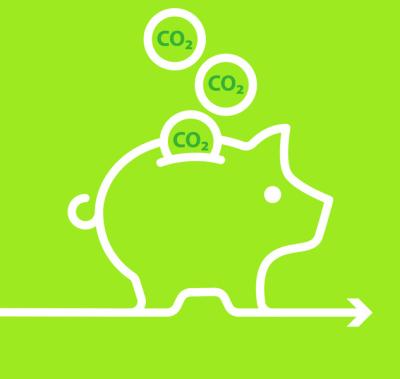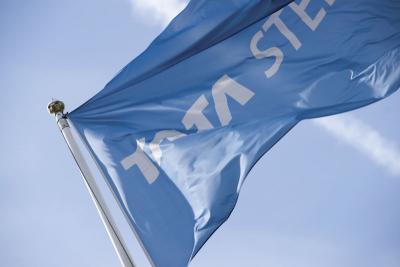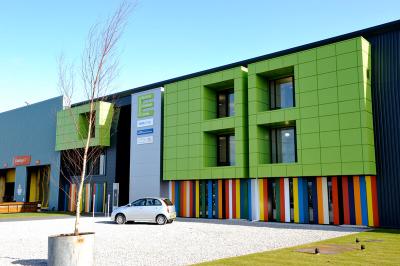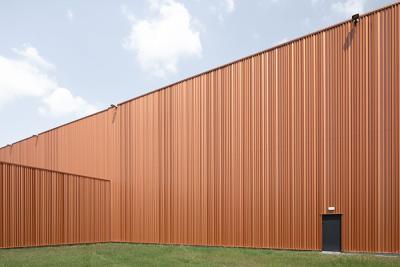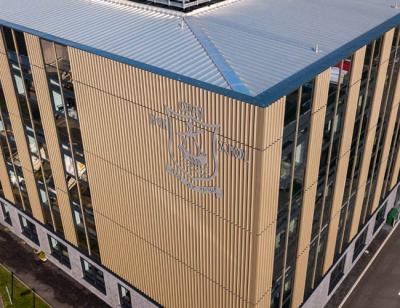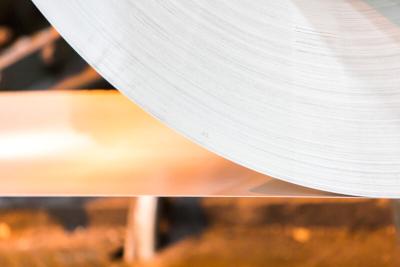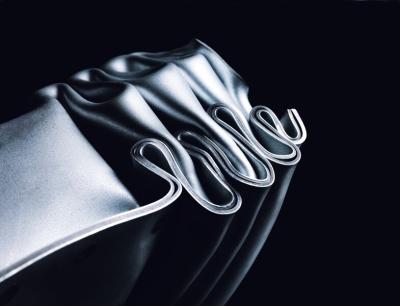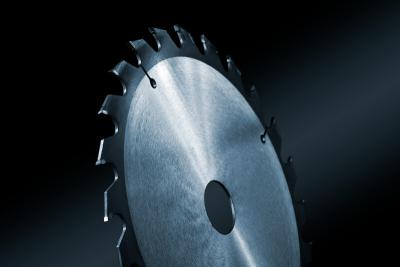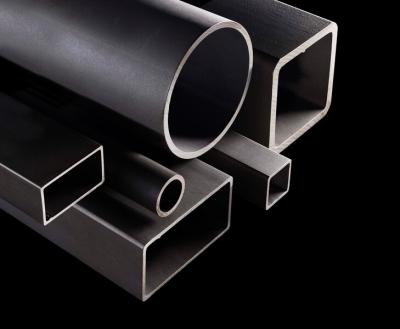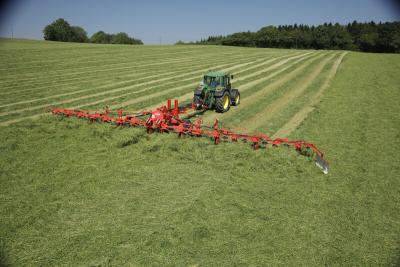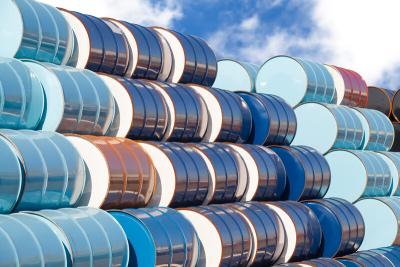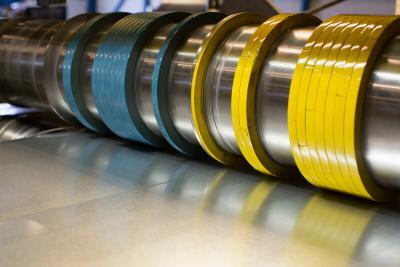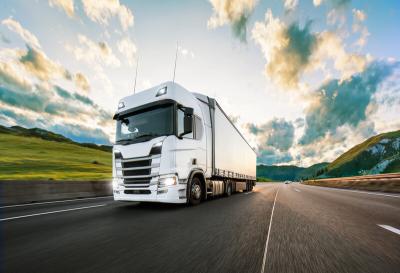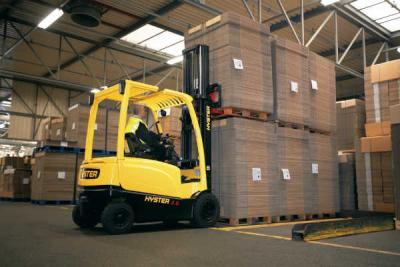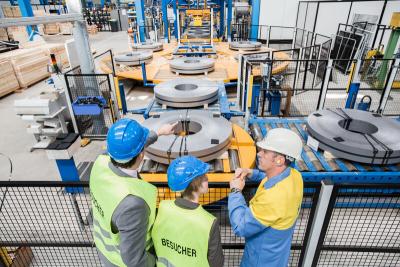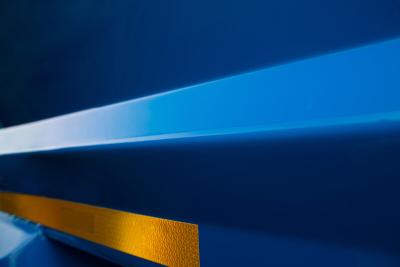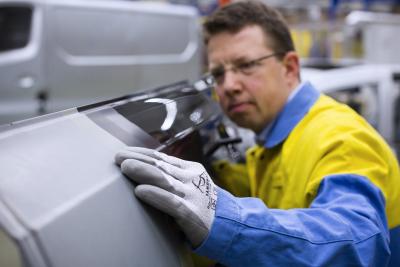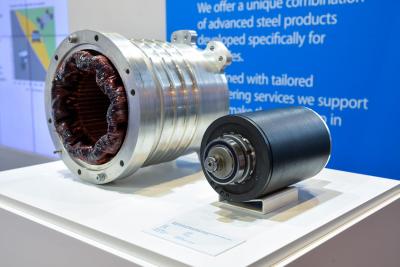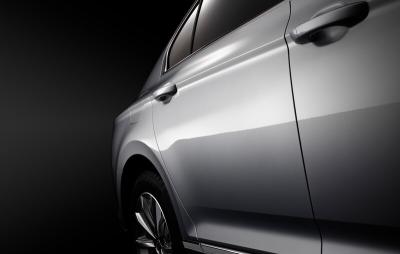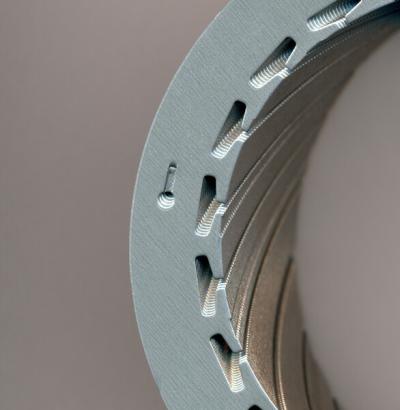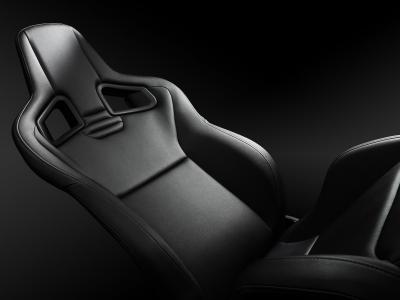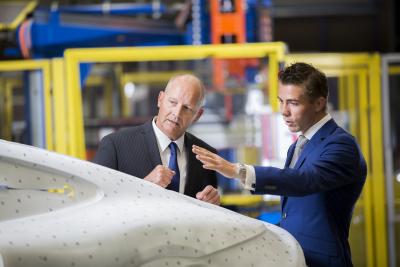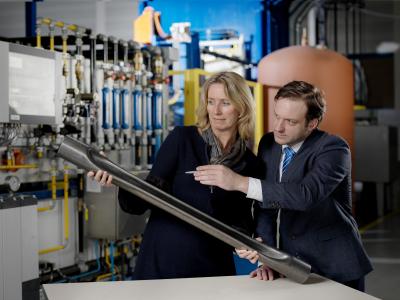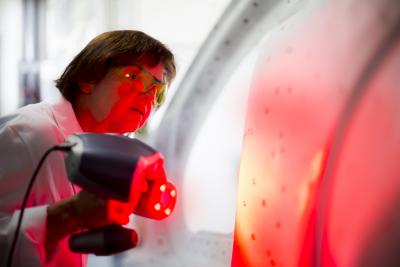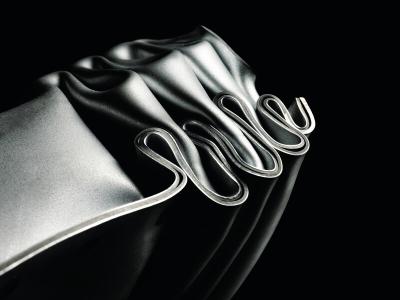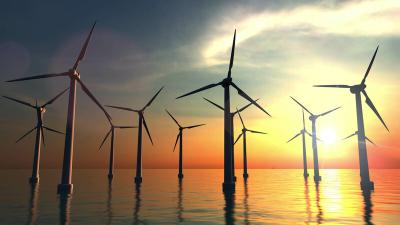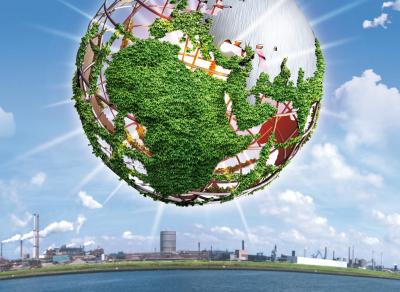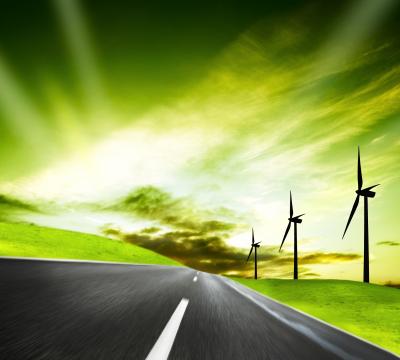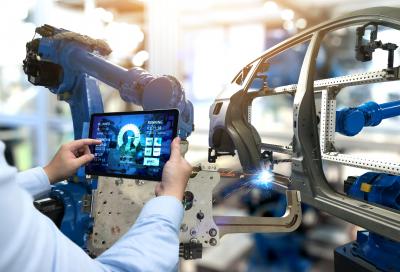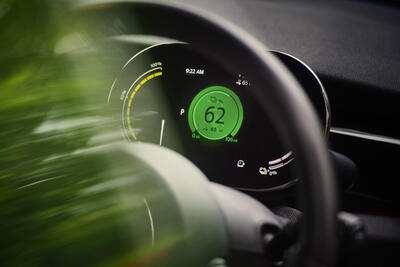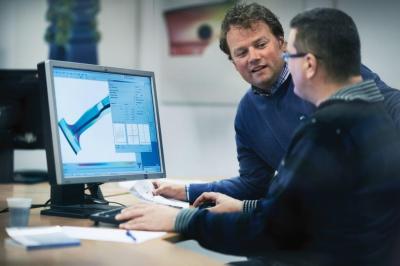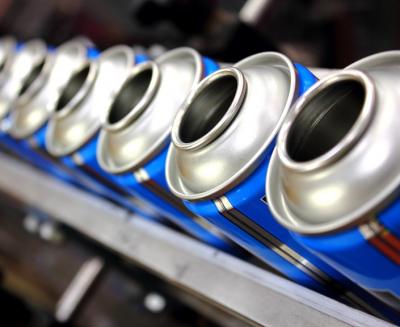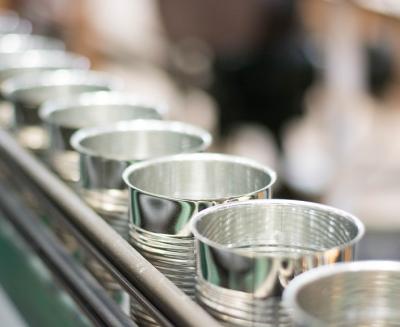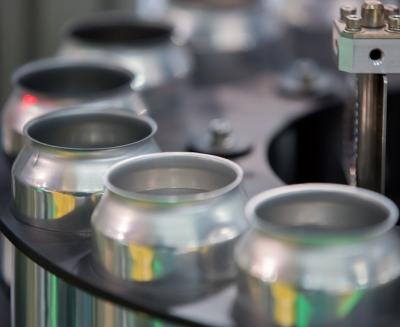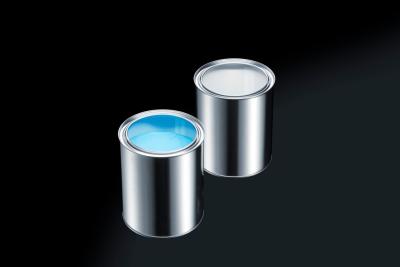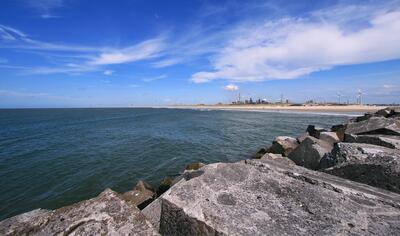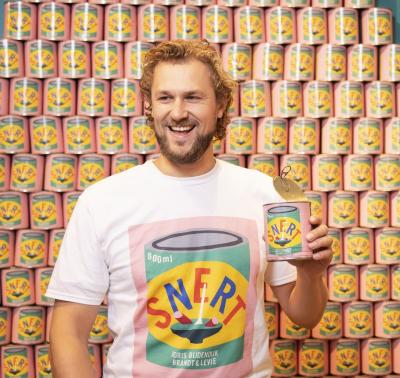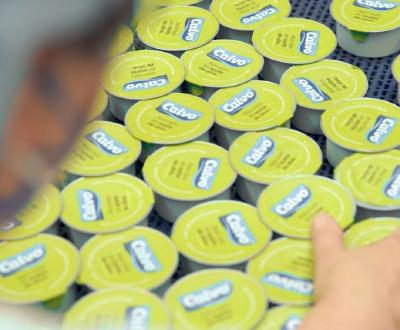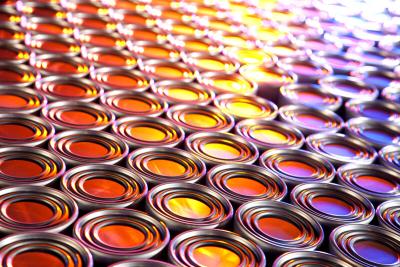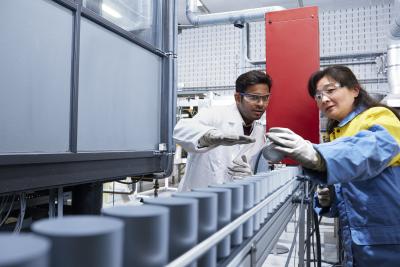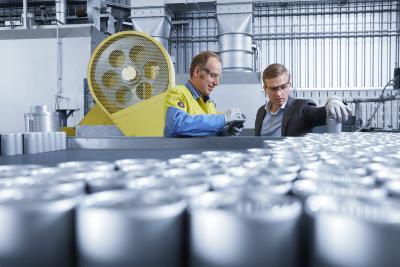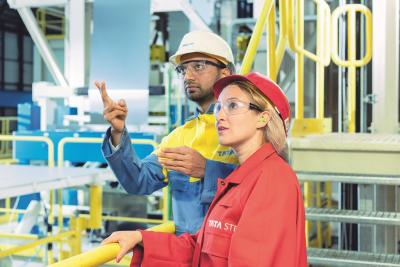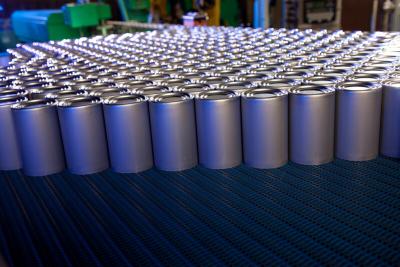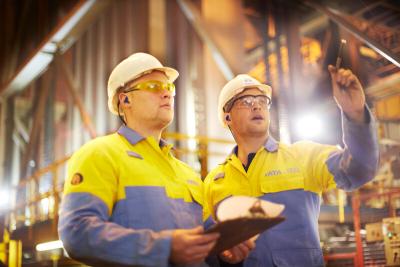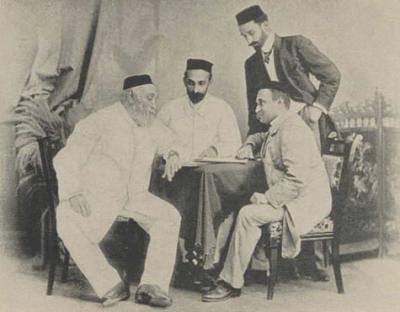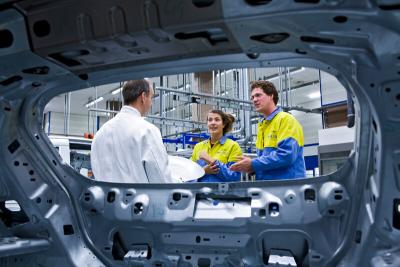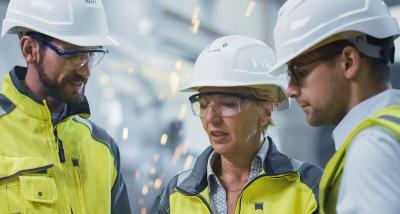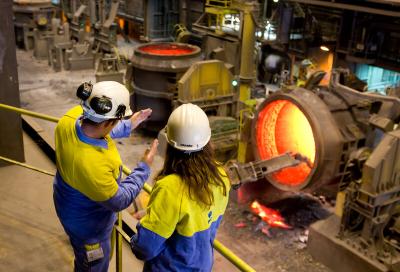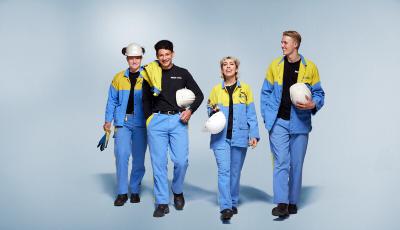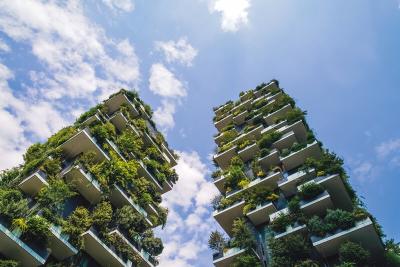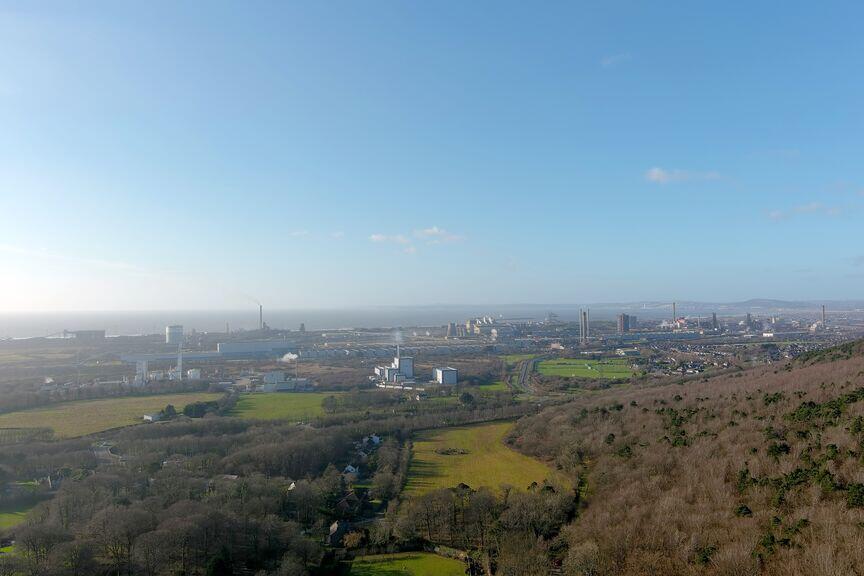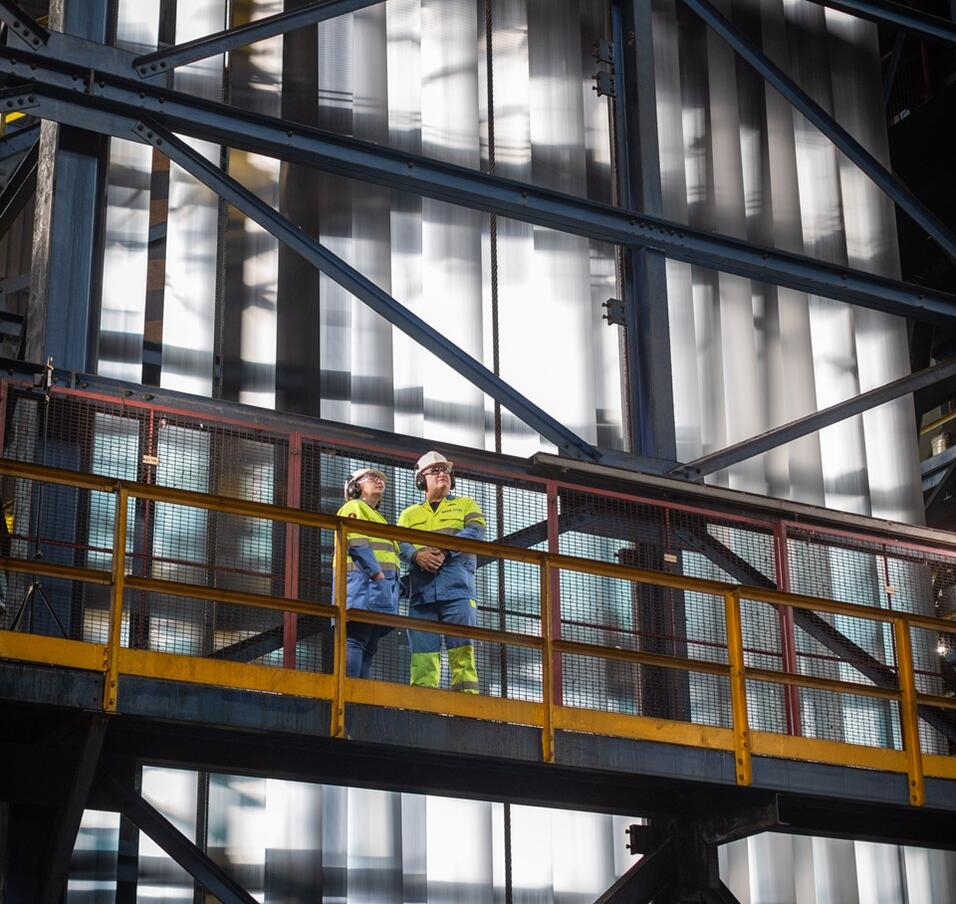
We’re leading the way in the next generation of packaging steel, made sustainably using Electric Arc Furnace technology.
By 2030, our tinplate, ECCS and Protact® steel will contain at least 50% recycled content and reduce carbon emissions by 50%, while maintaining the high quality you expect. This unique innovation in packaging steel aligns with the ambitious Net Zero and sustainability targets of brands and retailers, marking a major step forward in building a truly circular economy.
Timeline
Tata Steel’s ambition to be the first to produce the highest-grade steel from our new Electric Arc Furnace (EAF) in Port Talbot will become reality in 2028. With the EAF starting production in 2028 we expect packaging customers to run trials and be fully qualified by 2030.
By 2030, a can produced from this advanced steel at Tata Steel’s Trostre Works will contain at least 50% recycled content and achieve half the carbon emissions of a can produced today.
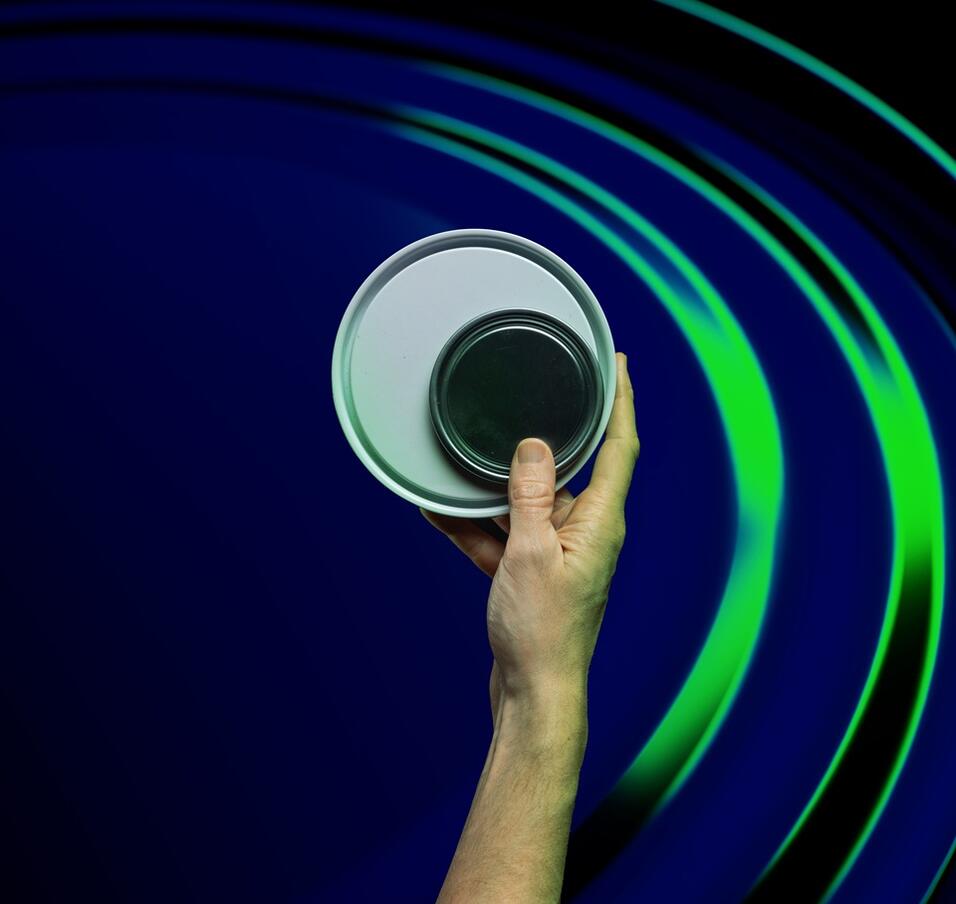
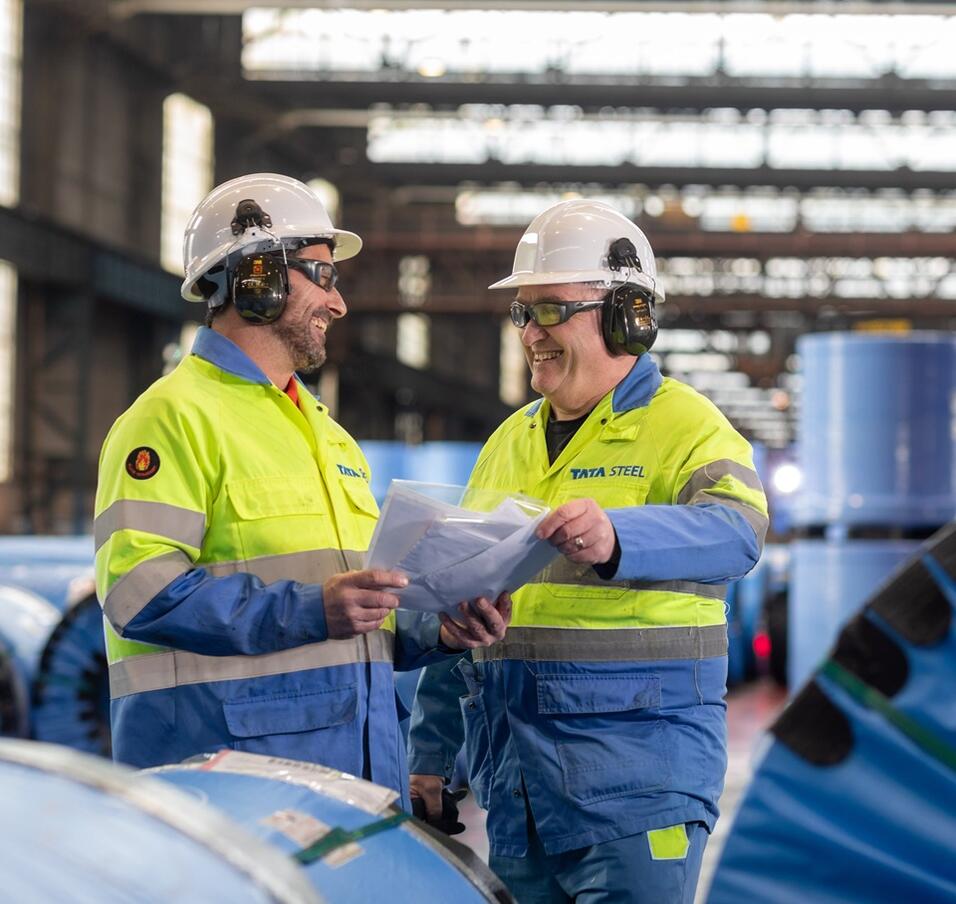
What it means for our customers
The introduction of EAF packaging steel will empower our customers to accelerate progress toward their 2030 scope 3 emissions targets, with the added advantage of at least 50% recycled content in their packaging.
Steel for packaging is fully recyclable and recycled at a higher rate than any other primary packaging material – making it the ultimate choice for consumer brands in a competitive retail environment.
Successful steel simulations and can-making
We took our first steps in the summer of 2024, producing packaging steel for three-piece cans and DWI food cans with successful EAF simulations using our traditional blast furnace and BOS plant.
A comprehensive programme continues, working closely with our customers to ensure all specifications and required properties are complete ahead of 2030.
This programme allows the packaging value chain to push the limits in becoming as sustainable as possible and ensure future needs of consumers and society are met.
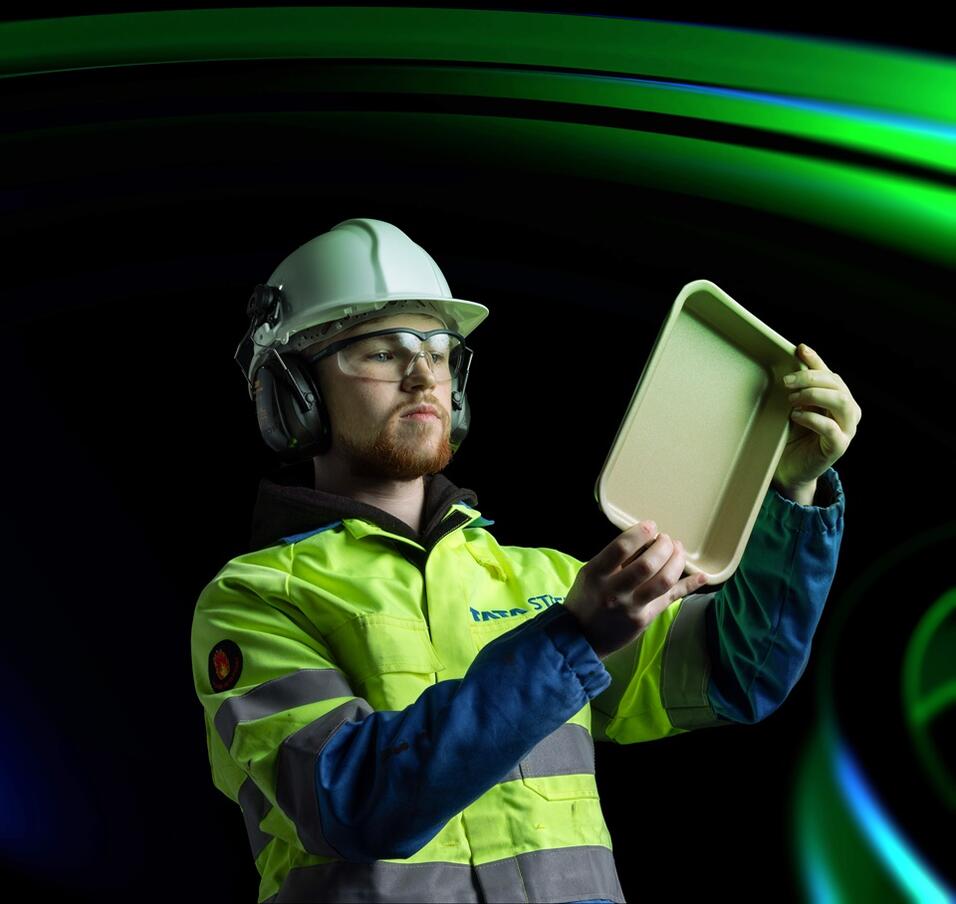
FAQs
What is the timeline for the introduction of EAF packaging steel?
The new Electric Arc Furnace (EAF) at Port Talbot, that will supply packaging steel substrate for processing at Trostre Works when trials begin for packaging customers, is scheduled to start in early 2028.
Can EAF steel be used for steel packaging?
Yes. Tata Steel will be adopting state of the art EAF steelmaking processes in combination with existing, proven casting methods. This will ensure the elimination of impurities and the production of high-quality steel suitable for the production of thin sheet used in packaging. We have successfully run trials on simulated EAF material with canmakers on commercial lines for three piece and DWI cans. Further trials of EAF packaging steel are already underway, starting in early 2025, three years ahead of the new EAF in Port Talbot starting production.
How will you manage the segregation of high-quality steel for use in packaging?
A complete transformation of the UK scrap supply chain will take place over the next 5 years to enhance this valuable resource to meet UK steelmakers requirements and those of the circular economy. The segregation of high-quality scrap will be an essential part of the EAF production process to create high-grade, high-quality packaging steel. We are exploring different approaches to manage this process in partnership with the UK scrap supply chain.
Will there be any impact on quality, capacity or delivery times during the transition to EAF between 2025 and 2028?
A secure supply of high-quality hot rolled coils and slabs is being sourced to ensure continuity in production until our EAF comes onstream. We will ensure continuity in capacity, quality and supply.
What will be the impact on cost?
One of the main variables impacting cost will be the cost of electricity supply to the EAF. We will continue to ensure we remain competitive whilst delivering added value through the introduction of lower carbon and higher recycled content packaging steel.
What will be the overall benefits of steel packaging produced via EAF vs other forms of packaging?
The introduction of EAF steel packaging will accentuate the inherent green properties of steel, which is infinitely recyclable and easy to retrieve from the waste stream due to its magnetic properties. The use of the EAF will reduce scope 1, 2 and 3 emissions by 50%. It will enable the production of steel with higher recycled content – at least 50%. The net effect will be the production of packaging steel that will allow can makers, brand owners and retailers to make a giant step towards their ambitious circularity and scope 3 reduction targets by 2030. We believe consumers will value packaging with a lower carbon footprint and higher recycled content to help them make more sustainable choices.
EN-Packaging-Electrifying-Contact
Contact
Trostre Works
Llanelli
Carmarthenshire, SA14 9SD
United Kingdom
If you're interested in learning more about our innovations in packaging steel, contact a member of our team.







